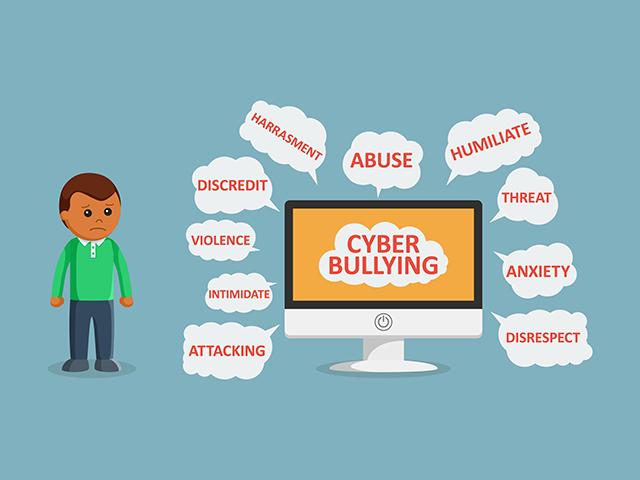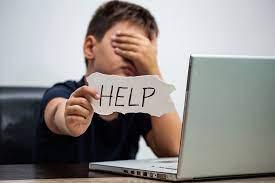Child Safety

Know how to deal with cyberbullying
Cyberbullying happens when someone uses digital technology to harass, humiliate, intimidate or threaten another person. Cyberbullying can happen in online classrooms, on chat and messaging services, by social media, text messages, emails and message boards, or in online forums.
Social exclusion is also a form of cyberbullying. It includes being left out of online conversations, virtual parties, games with friends or other get-togethers — not cool right? — and while face-to-face contact is restricted, it may feel particularly bad. We all want to feel connected and know there’s someone we can talk to.
Extra time spent online increases the risk of being exposed to cyberbullying and this can impact our mental health and wellbeing. But cyberbullying is often an extension of the bullying that happens at school. So there’s a chance that heading back to face-to-face classes will be unsettling or upsetting, if there’s a risk of having to deal with a rise in negative behaviour.
So, what can you do if you come across cyberbullying or if you see people being excluded from online group activities?
- Take action – know how to report cyberbullying if you or someone you know is experiencing it.
- Be an upstander, not a bystander – don’t let cyberbullying slide. It’s OK to call it out.
- Speak with your friends regularly and check-in to see how they are going.
- Check in with a teammate or friend from outside your school if you haven’t heard from them in a while. You may like to invite them to a weekly video chat with your friends.
Source: https://www.esafety.gov.au/
Suzanne Deefholts
Child Safety Officer




